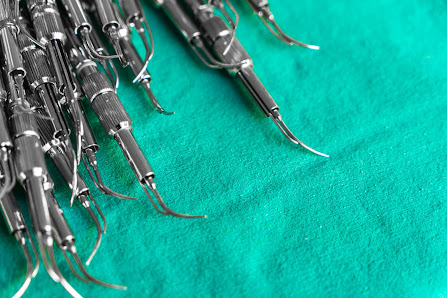Top Innovations in Ophthalmic Microsurgical Instruments for 2025

The field of eye surgery continues to evolve at an extraordinary pace, with cutting-edge advancements in ophthalmic instruments setting new standards for precision, safety, and patient outcomes. As we move through 2025, ophthalmologists and surgical centers worldwide are embracing innovations that not only enhance surgical capabilities but also redefine the future of vision care. From AI-assisted technologies to ultra-fine surgical tools, this year is witnessing a wave of remarkable developments. 1. AI-Integrated Surgical Platforms Artificial Intelligence (AI) is no longer just a concept in diagnostics; it has now firmly entered the operating room. AI-integrated surgical platforms are designed to assist ophthalmic surgeons by providing real-time analysis, predictive modeling, and intraoperative guidance. These systems can analyze patient-specific data during surgery, enabling more informed decisions and reducing the margin of human error. Some platforms even learn from every procedure...




